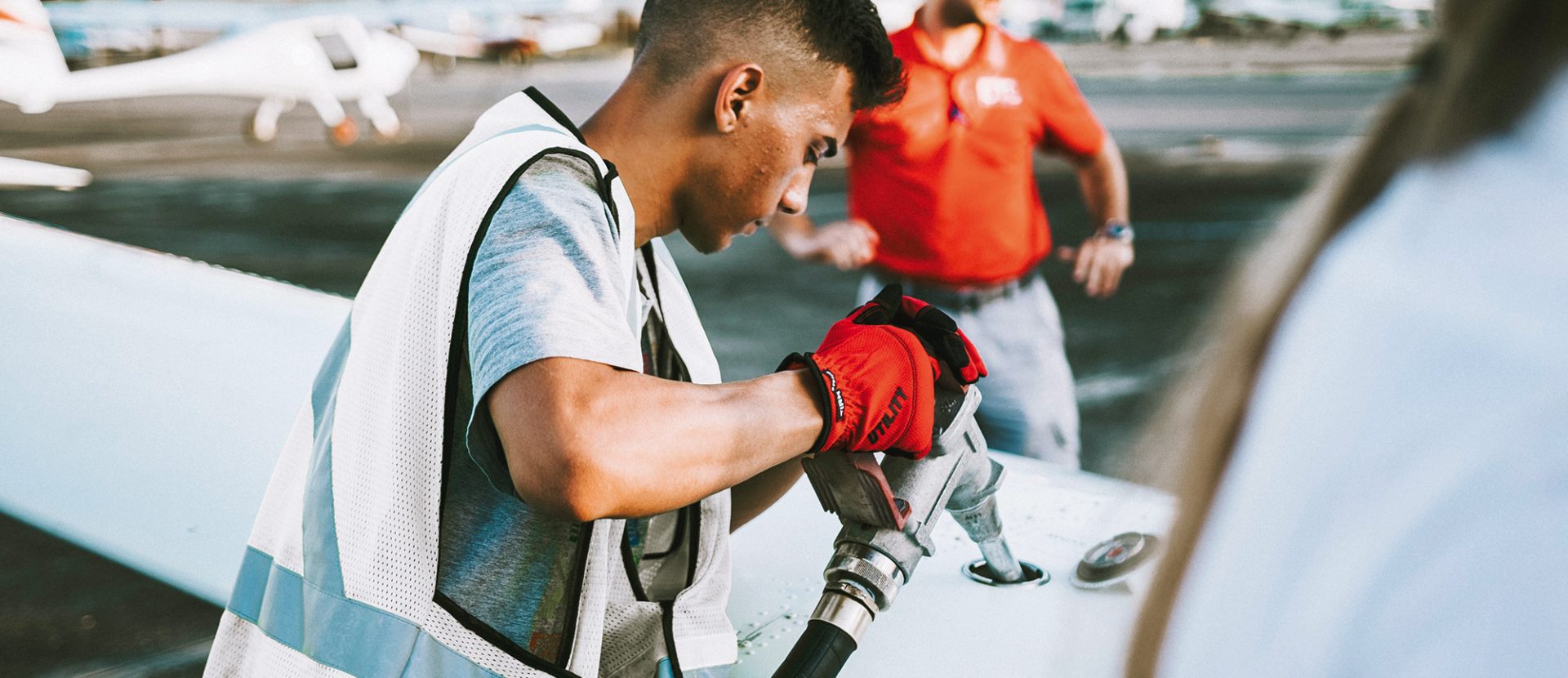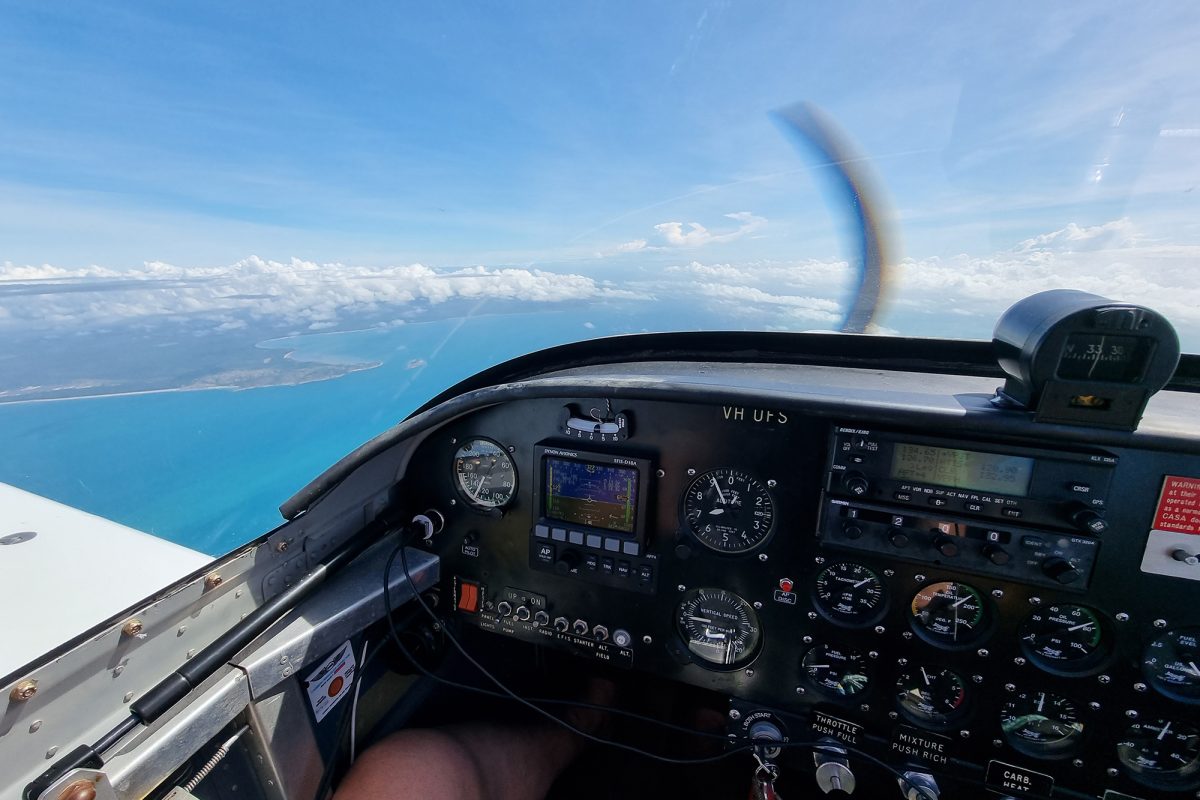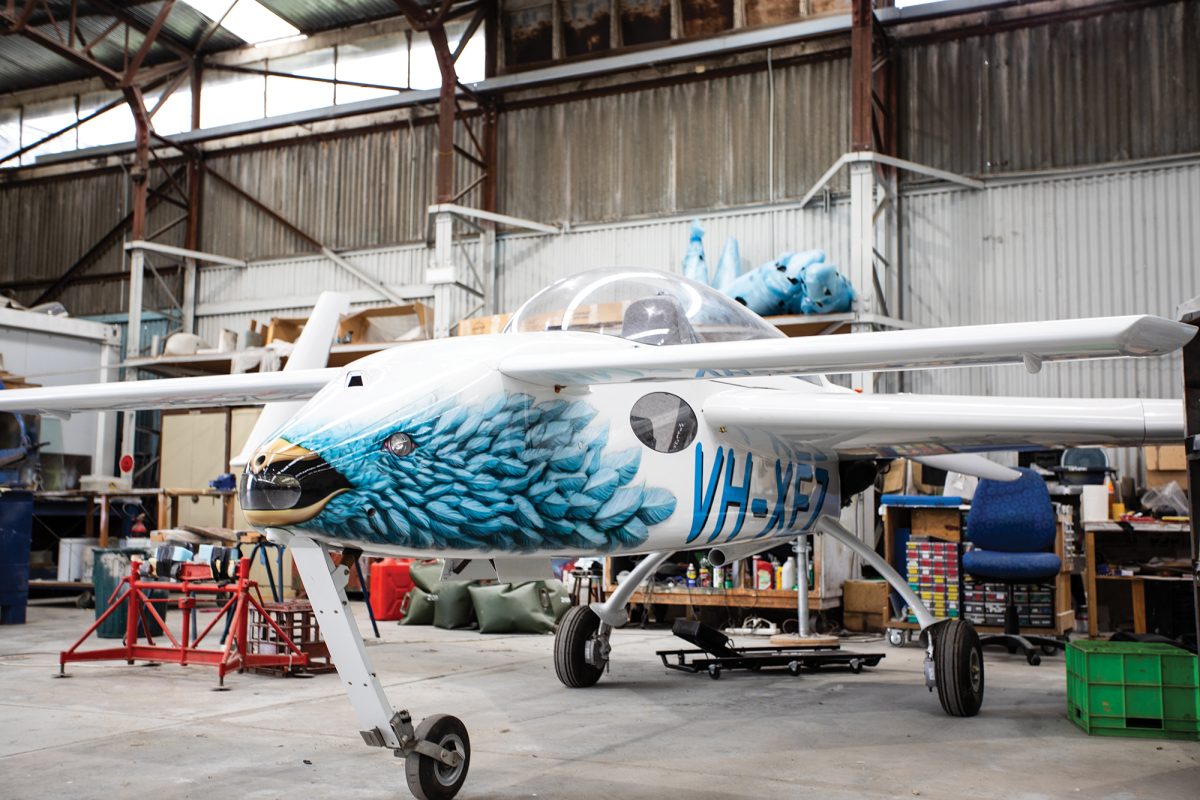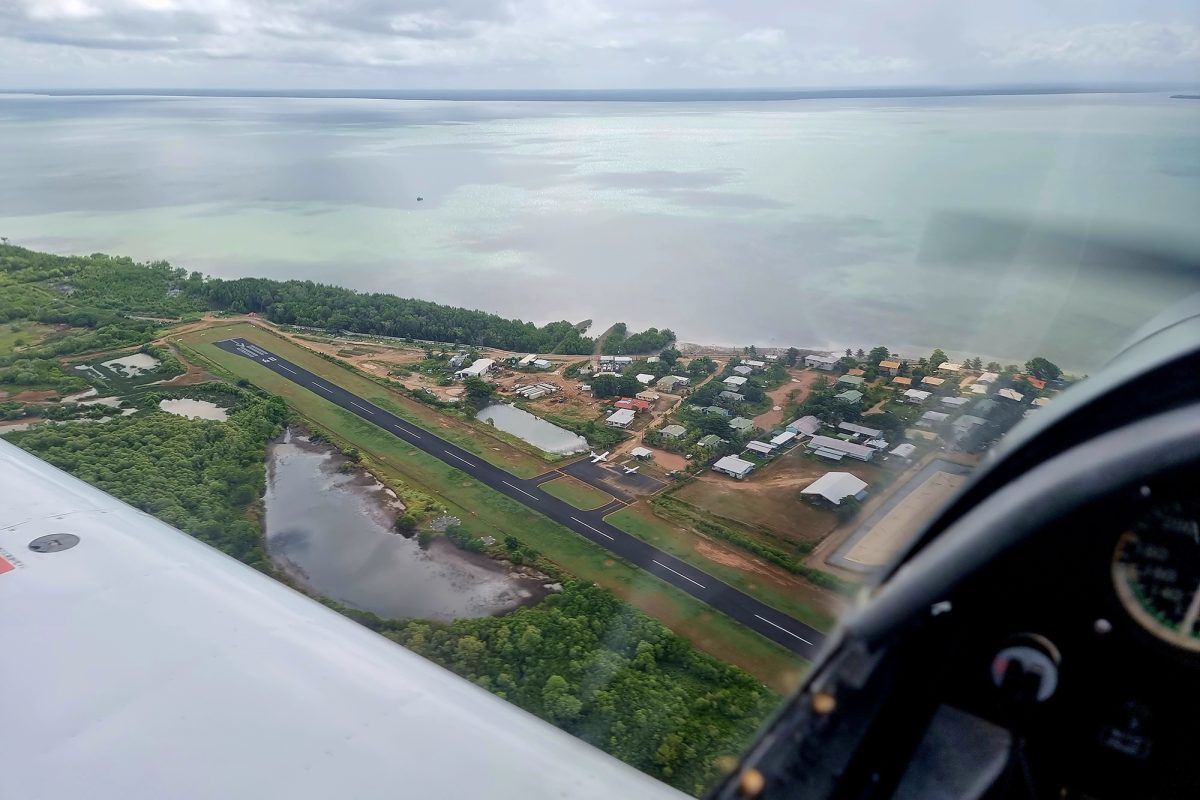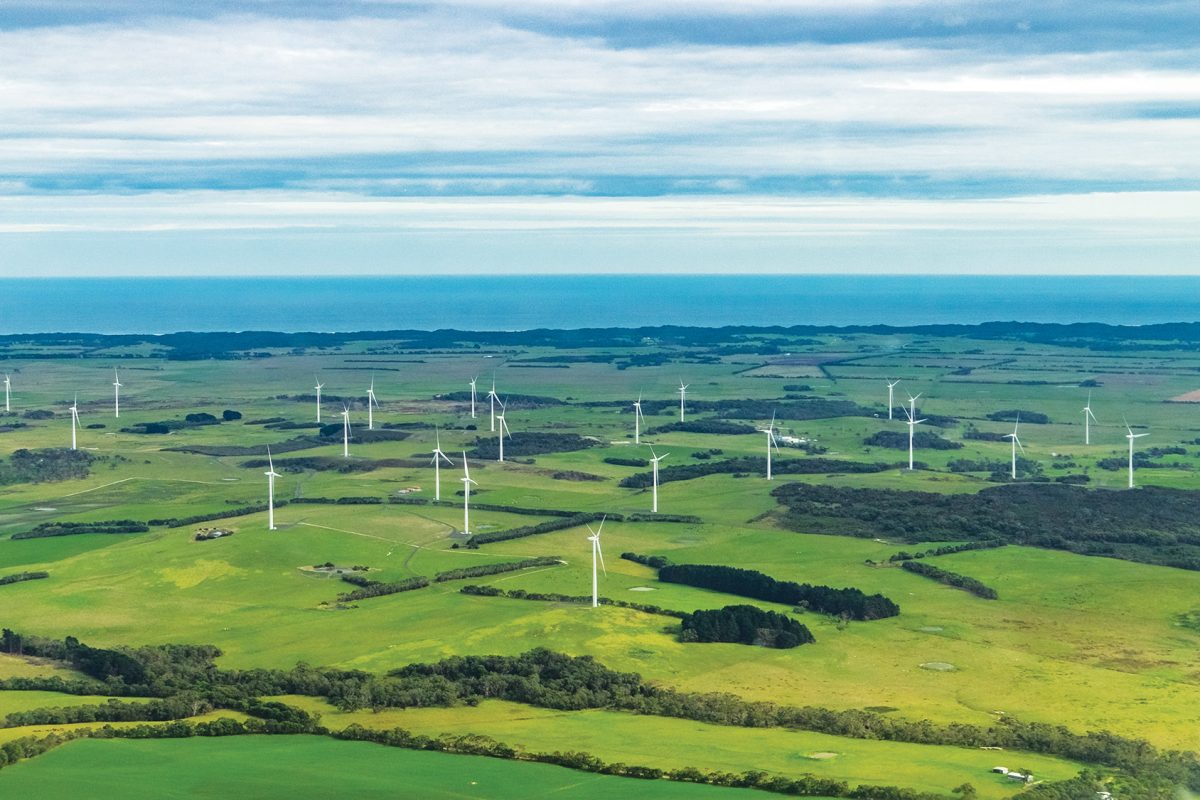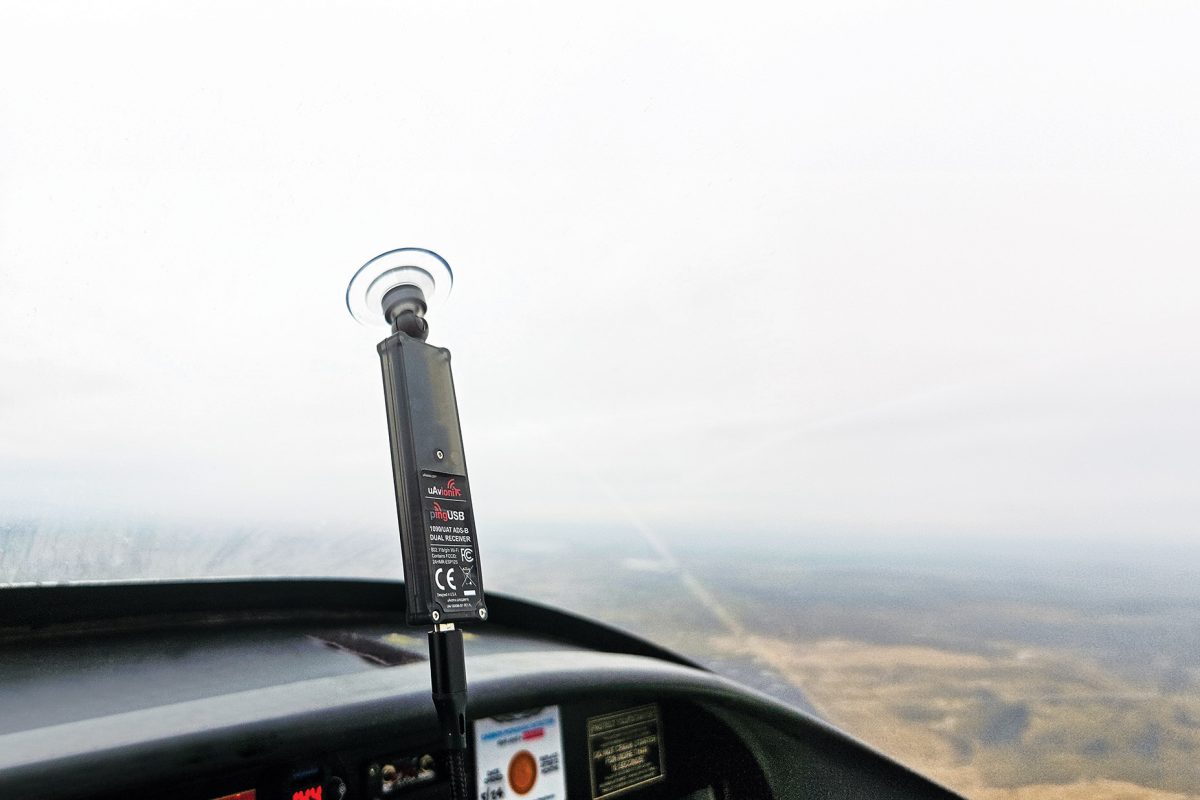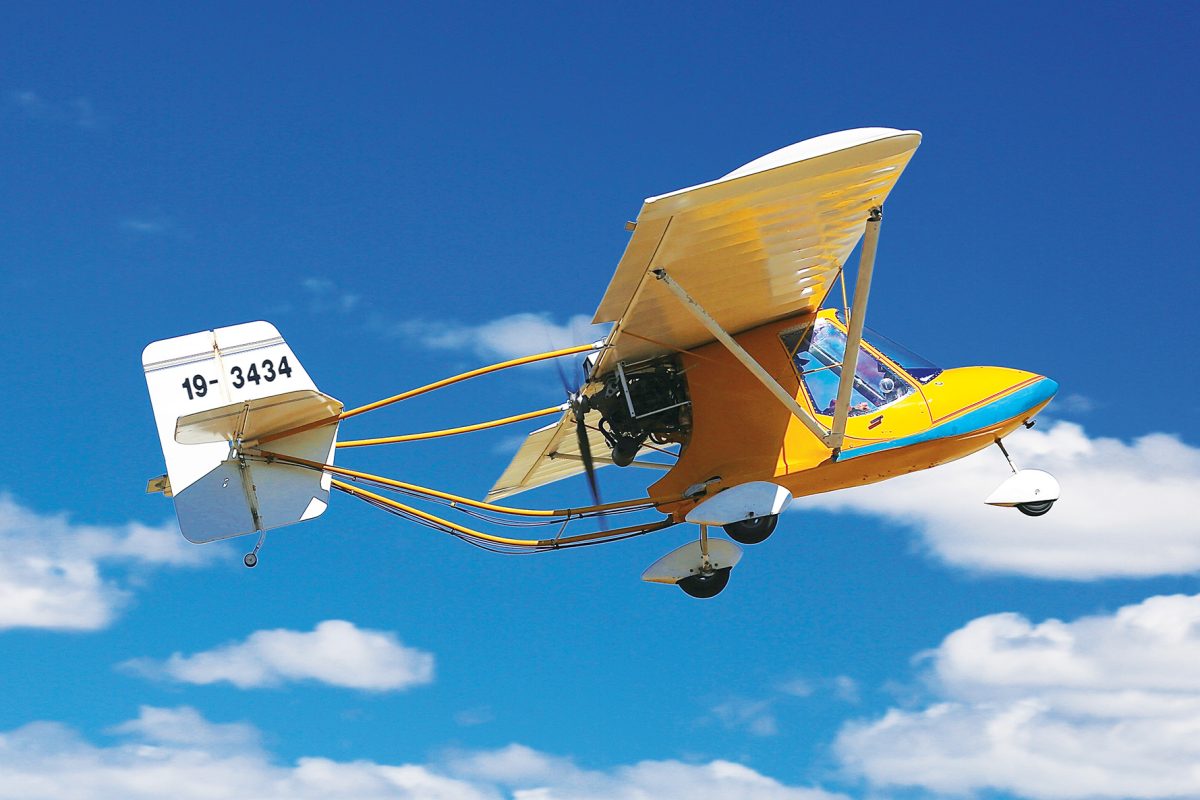What are our responsibilities as pilots and aircraft owners? As pilots, owners and maintainers, we have wide and varied responsibilities, some of which are obvious, others not so much.
A pilot’s first responsibility is generally understood to be operational tasks, and most pilots are very aware of this. Generally, pilots are well trained in these areas through the gaining and maintaining of their Recreational Pilot Certificate (RPC) or other qualifications. Pilots understand their responsibilities and for the vast majority, they comply.
Flight planning does not relate solely to navigation for cross-countries. Pilots are responsible for ensuring all operational requirements are met, even for a local flight. An airport may be a sleepy hollow most of the time, but what additional pilot responsibilities apply when there is a fly-in, a local club breakfast/lunch, or when the local flying group departs for a day trip? Pilots must still check NOTAMs, ensure radios are working correctly before every flight, ensure the required fuel is carried for the flight, and conduct other necessary checks. These responsibilities are just as relevant for a local flight as for a long trip across the country.
If you are the aircraft owner or maintainer, you have the additional responsibility of ensuring the aircraft complies with all maintenance requirements. This is done by researching maintenance updates from manufacturers and regulators, as well as completing recurring Airworthiness Directives (AD) and Service Bulletins (SB). Is the aircraft currently registered? Are all calibration requirements, including CAO 100.5 two yearly instrument calibrations, completed? Is there a 5 or 10-year requirement for an aircraft component, such as rubber hoses, undercarriage or wing bolts, or similar? Another critical responsibility relates to aviation safety, which includes the conduct of the flight, the pilot’s considerations for flight and the total aviation environment in which it operates. This used to be called airmanship and is now referred to in specific components such as Situational Awareness, Aeronautical Decision Making, Cockpit Resource Management and Threat and Error Management. Whatever the acronym, the key responsibility for pilots and maintainers is to really think about their actions and possible consequences, identify possible risks and hazards and put actions and protocols in place to prevent an incident.
Pilot, owner and maintainer responsibilities must also include reporting requirements in the event of an incident or accident to ensure all pilots benefit from the experiences of others. As Eleanor Roosevelt said, “Learn from the mistakes of others. You can’t live long enough to make them all yourself.” These reports assist manufacturers in improving their manuals, construction of aircraft, maintenance processes, flight operations, airport safety procedures and more. We have a responsibility to ensure conflict is minimised or avoided, to consider what other pilots want and need from us when making calls or operating at airports, to behave appropriately and to wave the flag for RAAus by acting professionally and considerately.
We have a responsibility to know and understand the regulations that relate to our type of flying operation, aircraft type or maintenance requirements, to the best of our ability. Keeping up with changes by attending safety seminars, club information nights, completing BFRs and other events is a key responsibility for anyone involved in aviation.
As RAAus members, we receive insurance coverage up to $20m for third-party public liability, which is now an accepted minimum. There is also $250,000 coverage for passenger liability if they are injured and the pilot is at fault. In the event an insurance claim needs to be made, the implications of failing to meet these responsibilities can place claims at risk. Simply paying your membership to receive this insurance coverage is not enough. Pilots must be responsible enough to ensure all flying requirements are current.
Maintainers must ensure they are keeping their professional development and RAAus membership current, that their maintenance privileges are renewed and that they keep on top of updated aircraft maintenance requirements. For instructors, this includes ensuring their ratings and approvals are renewed correctly, their medical requirements are current and that the student or pilot they are flying with is also current. All RAAus pilots must also ensure the aircraft used for the flight holds current RAAus registration and has been maintained correctly.
All of these responsibilities should really be a given, even without the insurance or safety considerations, as these exist to ensure we all remain safe when flying.
